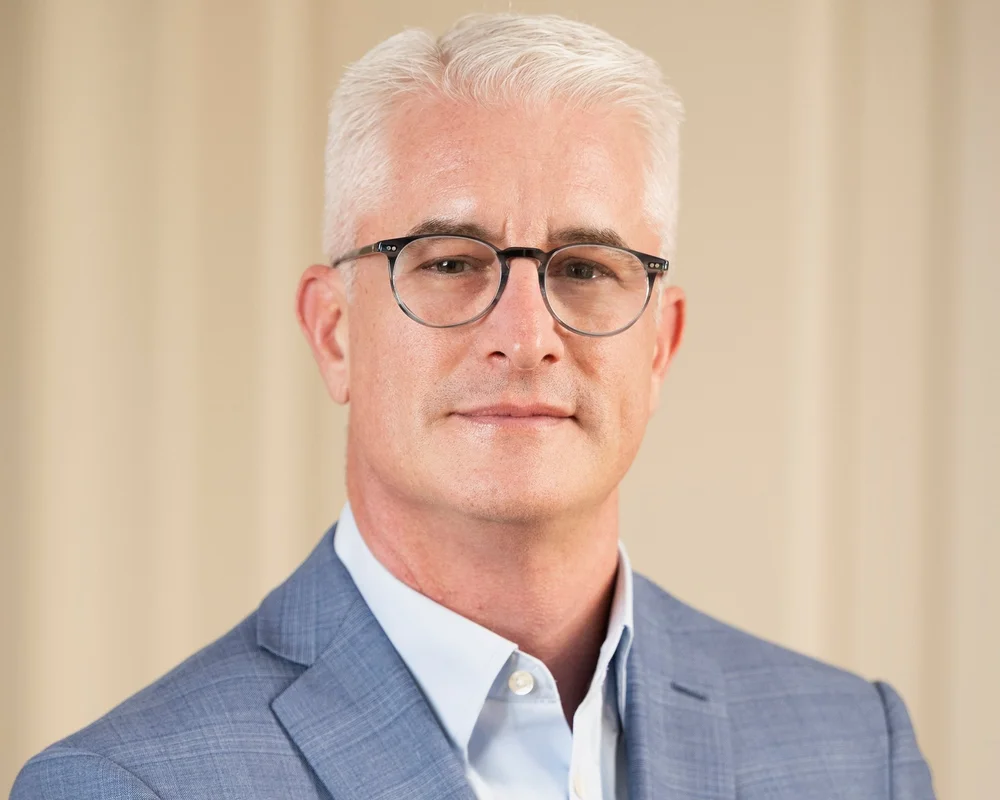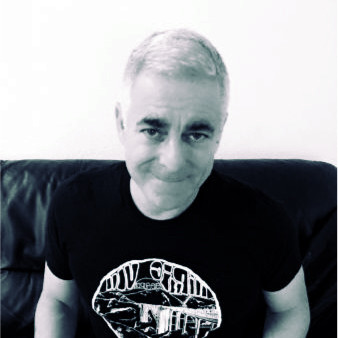 Today’s guest is Tracy Currie, CEO and Co-Founder of Capto Consulting. Capto is a boutique management consulting firm that specializes in strategy for telecommunications, media and entertainment, and healthcare. They work with a wide range of cable MSOs, satellite providers, and CLECs, especially as it pertains to getting into new lines of business. I had the chance to talk with Tracy about how various new technologies are manifesting themselves in the real world for service providers.
Today’s guest is Tracy Currie, CEO and Co-Founder of Capto Consulting. Capto is a boutique management consulting firm that specializes in strategy for telecommunications, media and entertainment, and healthcare. They work with a wide range of cable MSOs, satellite providers, and CLECs, especially as it pertains to getting into new lines of business. I had the chance to talk with Tracy about how various new technologies are manifesting themselves in the real world for service providers.
TR: What kind of customers are you working with these days?
TC: About 30% of our revenue comes from private equity, and we help them purchase technology companies in the two markets that we serve, Telecom/Media/Entertainment (TME) and Healthcare. The rest comes from Fortune 200 companies, mostly in North America although we also have some clients in the Asia Pacific. Most of our work with the Fortune 200 is similar to our M&A work with private equity. We help our corporate clients make big technology investments. For example, we might help a large MSO understand how to replace a massive aging billing system, talk through a new IT operating model, or enter the data center services & cloud market. Mostly it is strategy work, i.e., should you get into this business or make this investment, what are the risk areas you need to pay attention to, and how to build business outcomes based relationships with the technology ecosystem, helping our clients enter new markets or add product and service liness.
TR: When it comes to new opportunities, where do you see the Internet of Things cropping up?
TC: We have been thinking through the B2B and B2C implications of IoT for MSOs. We believe that for cable companies IoT will be a battle for the consumer. They have an installed base of set top boxes and cable modems that dwarfs the installed base of a Google or Amazon. By picking technologies that can put IoT-related capabilities into their installed based, they can continue to own the consumer experience, not cede that relationship to Amazon, Apple or Google. We believe that for the consumer IoT is going to be very entertainment-based in the near term, and that gives cable operators an opportunity to continue to own and expand ownership of that consumer beyond just the historic triple play.
TR: How does an installed base of set top boxes fit into the Internet of Things model?
TC: If I’m a cable operator, I’ve got a set top box or an internet router in millions of homes. Those devices are in the home already so there is no purchase decision for the consumer. If I’m able to deploy an IoT hub operating system on that device, then I can start to broaden my IoT experience with my consumers. There are technologies out there to do that, although there’s a heavy lift on the technology side from a software implementation perspective and you have to get over a software distribution problem, which is easier for some operators than others. But our premise is that doing so could allow the cable companies to build deeper relationships with the consumer. It also allows the cable companies to build business relationships such as with health insurance or healthcare provider markets, bringing in the consumer experience around their health as a new opportunity. It’s also something of a defensive move against devices from Apple, Google or Amazon, who are very aggressively making partnerships in the healthcare and transportation spaces.
TR: What part would a cable MSO play in IoT-powered healthcare?
TC: It’s about wearable devices with incentives coming from the healthcare insurance companies, and how to collect and transmit the data they provide. Say I’m an insurance company and I have a diabetic customer, which is a high-cost member. I want to manage that care more aggressively than for a 23-year-old healthy person. I need a smooth way to get to that consumer to upload data from your wearable to the doctor. How do you engage that patient? Most, especially older patients, are more used to engaging with technology through the television and through their cable provider rather than a complex internet environment. The healthcare industry doesn’t have the technology relationship, and the telecommunications industry doesn’t have the intimate patient data relationship.
TR: How far away are such business models?
TC: The large MSOs are consuming or are still acquiring other large businesses and going through an integration effort. But from a product perspective, we know they arre doing research and development on what kind of technologies to deploy IoT with, and I think they are starting to think about the business models. I would expect to see these new relationships to develop over the next two to three years. I think it’s going to start with deeper and richer entertainment, because it’s closer to what the MSOs are providing today, it requires lots of business development effort to build the relationships, and it’s what consumers are used to. Healthcare applications are a bit further out.
TR: Where is the phenomenon known as Big Data having an effect on service providers in today’s marketplace?
TC: There are an awful lot of applications in B2C. For instance, offer management is a big deal for cable companies. When I sign up with DirecTV or Cox or whomever, I’ll be given some incentives – HBO for three months etc. When those offers come up for expiration in combination with whatever minimum commitment I have, the churn numbers are high. Previously, you either proactively sent a coupon for another three months, or when the customer called to terminate service you sent them to a special retention unit in your call center and give them new offers to stay. That’s expensive. So if you think about a big data analytics application that knows what your family watches and who in the household is watching, and marries that with macroeconomic data from the subscribers zip code, it allows the MSO to provide more taylored (and less expensive) offers to retain the high value subscribers and let less desirable subscribers go. Minimum the MSO spend necessary to retain the right subscriber is a great analytics application.
An example from the B2B space is if I’m rolling a truck to service a location, and I know the set top box in the house or bar next door is near end-of-life and has a high probability of a service call in the next 12 months, I can just do an outreach and do a pre-emptive set-top box or cable modem or firmware upgrade, reducing truck rolls and improving customer experience.
TR: How should service providers be evolving their Big Data capabilities?
TC: All of the service providers have built large data warehouse applications over the last 20 years and are now thinking of Hadoop clusters, machine learning and predictive analytics resulting in another big investment cycle. We are advocating that service providers not make that hardware investment, and instead invest in the data scientists. There’s a higher order of discussion they need to be thinking about. Are they in the business of building big data analytics infrastructure, or should they buy that capability and focus more on their customer relationships? The competition for capital within the service providers is always a debate. Build big data infrastructure or build more bandwidth or pass more potential customers by laying more fiber. You have to be thoughtful of what business you are in. Infrastructure takes a long time to build and there’s a scarcity of resources for advanced analytics skills and data scientists. It takes a lot of expertise and investment to be good at advanced analytics, and there is a lot of competition for that skill set. Providers should develop new kinds of relationships with the IBMs and Teradatas of the world. Let others maintain the infrastructure,and keep the investment dollars closer to where the return is – the insights resulting from that infrastructure, data science and advanced analytics. We advocate providers buy these insights as a service..
TR: I’ve heard a lot about demand for people with these new data and software skills outstripping supply, how do you think that will play out?
TC: I think it will go through the same adoption curve as Salesforce capabilities are going through now and that client-server went through twenty years ago. Eventually the supply and demand will balance out, but it will be with us for the next 5 years or so. A lot of larger telecommunications providers have a workforce that needs to be re-skilled. Some of it will have to come through retraining the existing workforce, some of through outsourcing, and some of it will just be waiting for the universities to start to fill the demand.
TR: How do you think service providers should be thinking about today’s marketplace?
TC: We think they should be thinking more about competing on customer experience. Some would say they have largely undifferentiated services today, i.e. the content you can get from one MSO is basically the same as you can get from another, and the price is about the same too. If it’s undifferentiated what is going to attract the consumer? It’s the customer experience. If every time I contact you I have a fantastic experience, I don’t leave. Some of our clients are talking about that and making investments, and some aren’t and I think that’s near term the most important tactic for success or failure.
TR: Thank you for talking with Telecom Ramblings!
If you haven't already, please take our Reader Survey! Just 3 questions to help us better understand who is reading Telecom Ramblings so we can serve you better!
Categories: Big Data · Cable · Industry Spotlight · IoT, M2M






The comment system was broken, but should be operational now. Next time someone tell me sooner at webmaster@telecomramblings.com!